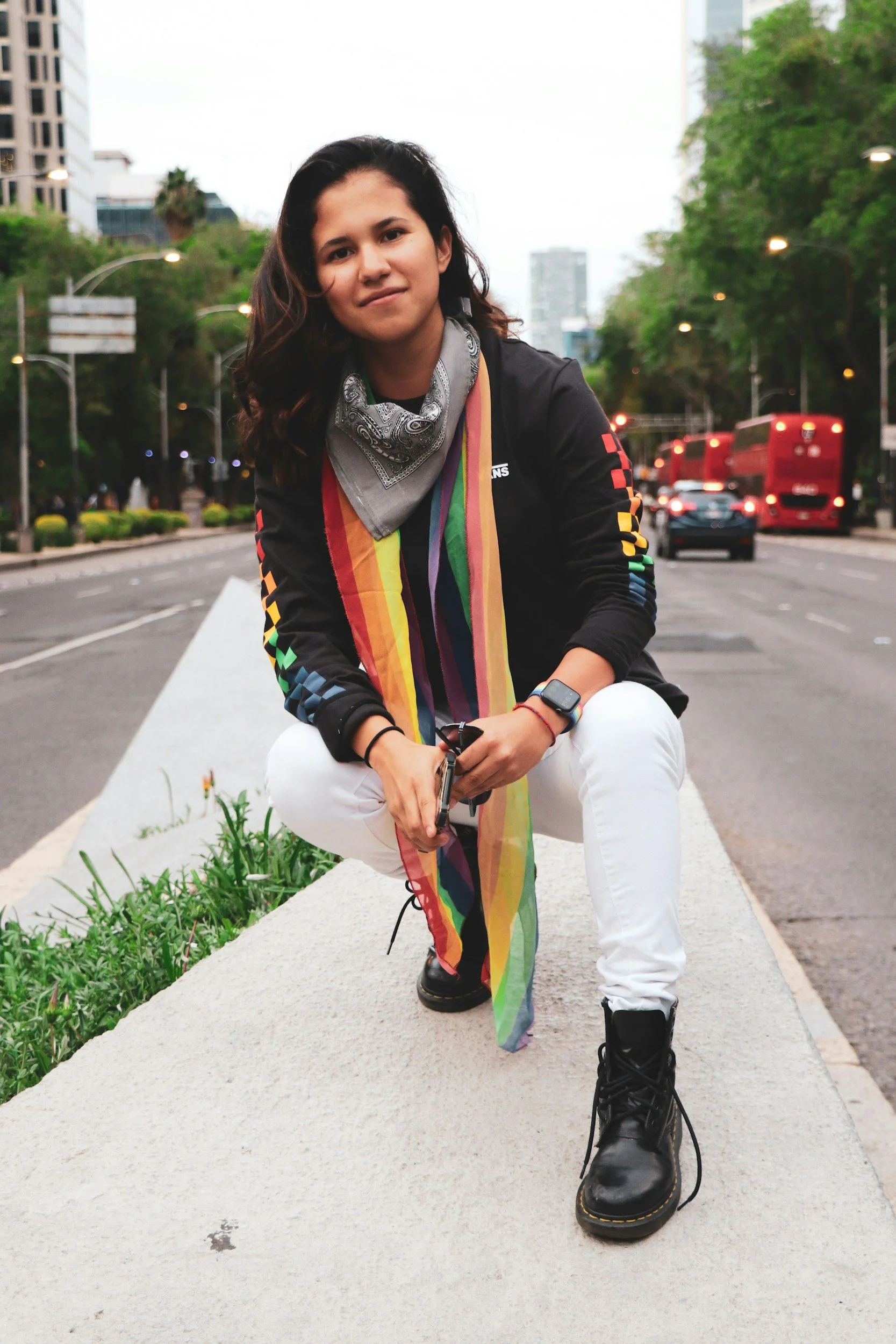How to Bring Up LGBTQ+ Topics in Therapy (Even If You’re Nervous)
When starting therapy, a range of emotions may come up—curiosity, hope, and sometimes nerves. If you identify as part of the LGBTQ+ community, there might be an extra layer of uncertainty. You may wonder whether it’s safe to talk about your identity or if it’s even relevant to your sessions. Maybe you’ve had experiences where sharing your identity didn’t go well, or you’re simply unsure how to begin.
The truth is, your identity and lived experiences matter deeply in therapy. You deserve a space where all of who you are can show up without fear of judgment. And it’s completely normal to feel nervous about bringing these topics into the room. Below are some ways to make that conversation feel more grounded for you.
Start Where You Are: Simple Ways to Begin LGBTQ+ Conversations in Therapy
You don’t need perfect words or a clear “coming out” narrative. You can start small, with phrases like:
“There’s something about my identity I’d like to talk about, but I’m not sure how.”
“Can I ask how you approach working with LGBTQ+ clients?”
“My relationships don’t always fit traditional labels, and I’d like to explore that here.”
Therapy isn’t about having the right feelings; it’s about exploring them. A supportive therapist will meet you with curiosity and care—not assumptions. And you don’t need to have everything about your identity figured out to deserve understanding.
Safety and Trust Take Time: Why LGBTQ+ Clients May Feel Hesitant
Feeling hesitant doesn’t mean you’re not ready; it often means you’ve learned to protect yourself in environments where safety wasn’t guaranteed. Many queer folks have experienced dismissal, rejection, or microaggressions when they tried to be open. Those experiences matter and can make vulnerability in therapy more challenging.
A therapist who practices from an inclusive, attachment-focused lens understands that trust is built slowly. They’ll check in about your comfort level, welcome feedback, and move at your pace. The goal isn’t to rush disclosure—it’s to create a space where you can be seen without fear of losing connection.
Why Context Matters: Understanding Identity Through an Intersectional Lens
Our identities don’t exist in isolation. The way we experience sexuality or gender is shaped by culture, race, family, and community. For some people, faith or cultural traditions bring both support and tension. Others may face unique challenges related to family expectations or systemic barriers.
An affirming therapist understands that context matters. They won’t reduce your experience to a single label or story but will explore how your intersecting identities influence your relationships, values, and emotions. This kind of nuanced understanding helps therapy become not just a place for coping, but a place for belonging.
Naming What Feels Hard: Giving Yourself Permission to Be Honest
It’s okay if you feel unsure about how to talk about your queerness, your relationships, or your gender experiences. You can even say, “This feels uncomfortable to talk about.” Naming discomfort is powerful—it helps your therapist understand what safety looks like for you.
Therapy can also help you notice patterns shaped by past hurts, such as shrinking parts of yourself, overexplaining, or avoiding conflict to stay connected. These protective strategies often make sense given your lived experiences. The goal isn’t to get rid of them but to understand what they’ve been trying to protect.
Finding an LGBTQ+ Affirming Therapist: Questions to Ask
If you’re still searching for a therapist, it’s completely okay to ask questions that help you determine whether they’re a good fit. You might ask:
“How do you create an affirming environment for LGBTQ+ clients?”
“Do you have experience working with clients who are trans, non-binary, or queer?”
“How do you approach conversations about identity, culture, and intersectionality?”
Therapists who are truly committed to inclusion won’t be offended by these questions—they’ll appreciate your honesty and self-advocacy. You deserve to know that your therapist can hold your full story with care.
Ready to Start Therapy and Explore Your Identity in a Supportive Space?
Bringing up LGBTQ+ topics in therapy can feel scary, but it’s also an act of courage. You don’t need to have everything figured out to begin. Therapy is about exploring, not performing perfection. Every time you share a little more of yourself, you build safety, connection, and self-trust.
If you’re curious about beginning LGBTQ+ therapy to support you in understanding how your identity, relationships, or past experiences shape your emotional world, we invite you to reach out and schedule a consultation.


